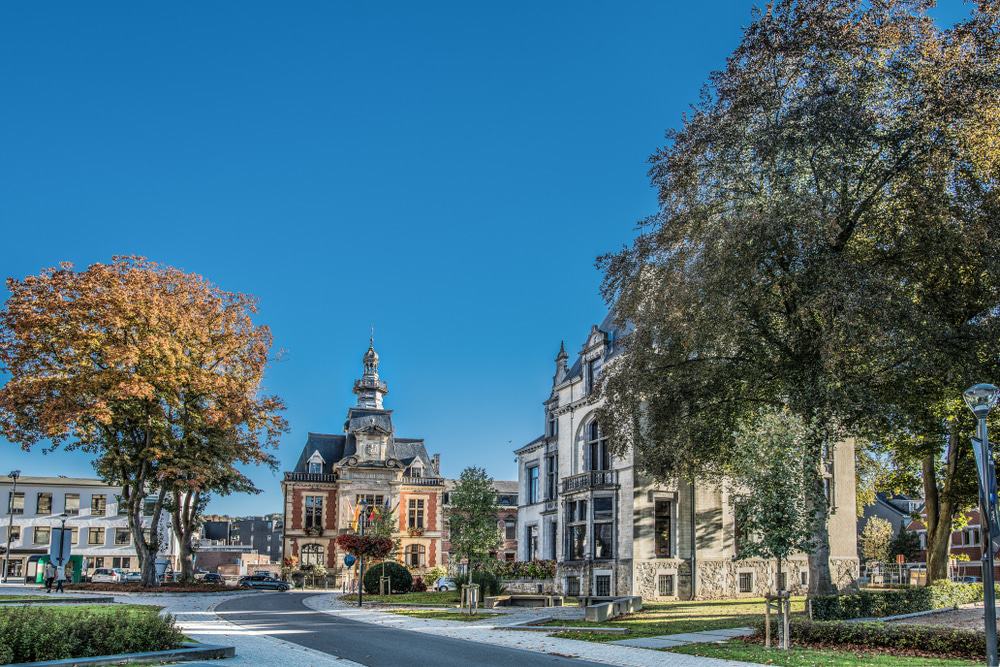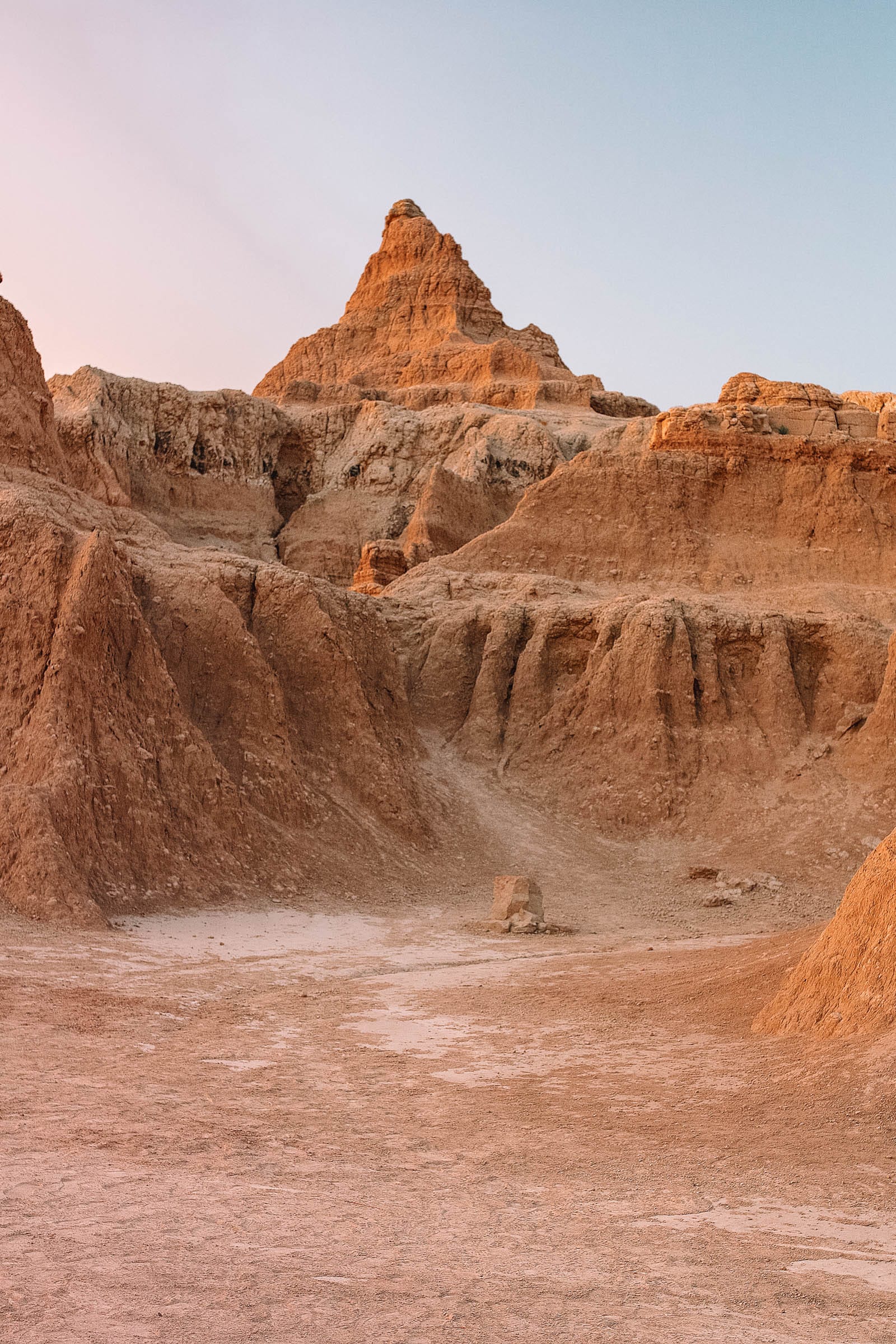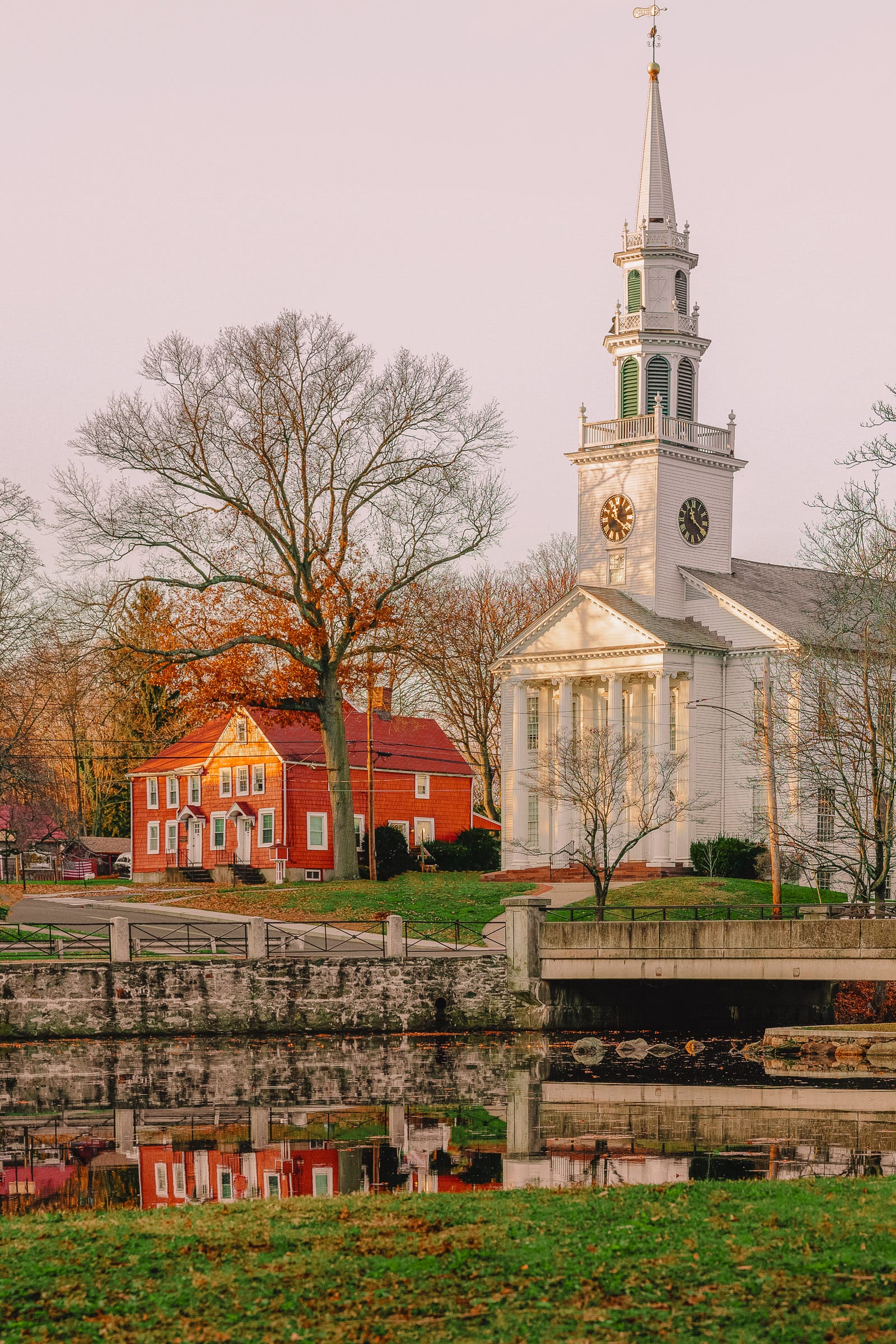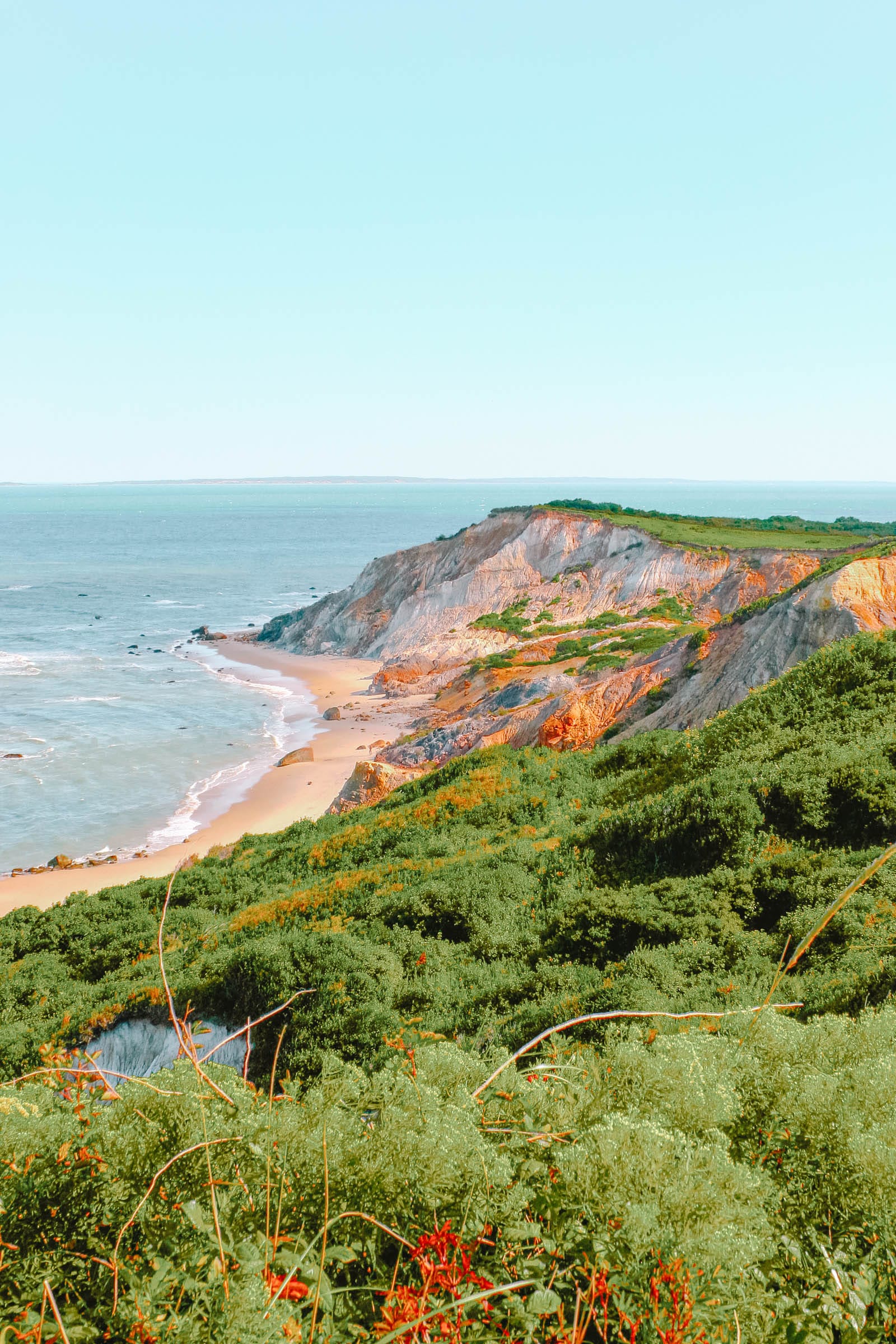- Cathédrale Saints-Pierre-et-Paul et Saint-Quirin
- Malmundarium
- Baugnez 44 Historical Center
- Malmedy Massacre Memorial
- Rocher de Falize (Rocher de Warche)
- Cycling
- Cascade du Bayehon
- Maison Villers
- Circuit de Spa-Francorchamps
- Brasserie de Bellevaux
- Le Grand Tour
- Moviemills
- Reinhardstein Castle
- Maison Maraite, Bellevaux
- Cwarmê
This town, nestled in a lush wooded valley within the Ardennes, possesses a profound history that traces its origins to the establishment of an abbey in the 7th century. For over a millennium until the French Revolution, Malmedy was part of the Princely Abbey of Stavelot-Malmedy, governed by 77 successive prince-abbots. The abbey church eventually evolved into a cathedral, and in the 2010s, the monastery complex, rich with 1,300 years of archaeology, was transformed into a museum that unveils the history of the town.
The area also witnessed significant events during the Battle of the Bulge, where a tragic massacre of American prisoners of war was perpetrated by the Waffen-SS. A museum at the site elucidates the details of the Ardennes Offensive and the atrocities committed at the Baugnez crossroads in December 1944.
1. Cathédrale Saints-Pierre-et-Paul et Saint-Quirin

The current cathedral was formerly the church serving Malmedy Abbey prior to its suppression in 1796. Founded by Saint Remaclus in the 600s, the stunning late-Baroque church is the result of extensive rebuilding that took place in the 1770s and 80s, shortly before the abbey’s dissolution. The façade is elegantly simplistic yet imposing, featuring Ionic pilasters and two robust square towers. Inside, there is a wealth of art to discover, much of which predates the construction of the church. Visitors can admire the intricately carved 18th-century pulpit, confessionals dating back to the late 17th century, a sculpture of the Virgin with Child by Jean Del Cour (1627-1707), and the 18th-century reliquary shrine of Saint Quirinus of Neuss.
2. Malmundarium

In 2011, the former Malmedy Abbey complex was reopened as a premier museum, allowing visitors to explore the town’s history through multiple thematic threads. Exhibits detail the longstanding local paper industry founded on the banks of the Warchenne River in 1726, alongside insights into the tanning trade, which thrived as early as the 16th century until 1996. The museum richly showcases Malmedy’s unique carnival traditions, Cwarmê, through costumes, artifacts, and photographs. Furthermore, the “historium” presents a chronological timeline of the city, chronicling its foundation in 648 to the somber events of the Second World War. The Malmundarium, located adjacent to the cathedral, also houses a treasury filled with precious liturgical ornaments crafted from gold and silver.
3. Baugnez 44 Historical Center

During the winter of 1944-45, Malmedy was embroiled in the Ardennes Offensive, as the German army launched a final attempt to breach advancing Allied forces. The distinguished Baugnez 44 Historical Center is situated at the site of the Malmedy Massacre, where, in December 1944, 84 unarmed American prisoners of war were tragically executed by a notorious Waffen-SS unit. This incident was part of a series of atrocities perpetrated by the same unit in the region, resulting in the deaths of 362 POWs and 111 civilians. The museum features authentic weapons, equipment, vehicles, and other World War II artifacts, along with 15 meticulously crafted, full-size dioramas that narrate the story of the Battle of the Bulge. Some displays are enhanced with immersive sound and lighting, and at the conclusion, a film provides in-depth coverage of the massacre that occurred on December 17, 1944.
4. Malmedy Massacre Memorial

After visiting the Baugnez 44 Historical Center, one can proceed to the Baugnez crossroads, now the intersection of the N62 and N632, where a modest yet solemn memorial stands to honor the victims of the massacre. This site features a flagpole amidst a star-shaped flower bed, complemented by a gently curving stone wall. Embedded within the wall are darker slate blocks, each inscribed with the name of one of the 84 victims of the massacre. The plaque on the wall reads: “To the Memory of the soldiers of the United States army who while prisoners of war were massacred by Nazi troops on this spot on 17 December 1944,” followed by the resolution, “We here highly resolve that these dead shall not have died in vain,” attributed to Abraham Lincoln.
5. Rocher de Falize (Rocher de Warche)

The town of Malmedy and its surrounding municipality serve as a launching point for numerous scenic walks in the wilderness of the Ardennes and Hautes Fagnes. A recommended excursion is a brief journey to the picturesque village of Bellevaux, which serves as the trailhead for a circular walk along the magnificent high walls of the Warche Valley. This 9.5-kilometer trek is suitable for families and leads to the Rocher de Falize, positioned prominently over the Warche. This slab of resilient quartzite, measuring 70 by 50 meters, has withstood natural forces that have eroded the valley beneath it. Local legend asserts that it was once a gathering point for witches.
6. Cycling

Malmedy is integrated into the RAVeL network, which encompasses over 1,350 kilometers of greenways established along former railway lines and canal towpaths. Additionally, there are 850 kilometers of largely paved, traffic-free paths within the regional “nodal” network that allows cyclists to formulate personalized routes through the Ardennes and Hautes Fagnes using numbered intersections. The RAVeL route traversing Malmedy is Ligne 45, and as this follows a former rail line, it guarantees a gentle gradient even across the rugged Ardennes terrain. Motorsport enthusiasts may utilize the RAVeL to access the Circuit de Spa-Francorchamps and experience the exceptional museum located in nearby Stavelot. Additionally, mountain bikers can explore the largest bike park in Benelux, located at Ferme Libert, attracting riders from across Europe with its four-cross, downhill tracks, cross-country trails, enduro trails, trial zones, and more.
7. Cascade du Bayehon

Visitors need not venture far from Malmedy to witness the second-largest waterfall in Belgium, situated just outside the village of Longfaye. Walking enthusiasts can reach the Cascade du Bayehon by traversing a path that follows the Bayehon River upstream through untamed wooded landscapes. This waterfall cascades down a nine-meter drop within a canyon. Observers will immediately notice the reddish hue of the water, a result of the iron-rich rocks beneath the peat bogs at the waterfall’s source. Additionally, due to the Bayehon’s origin from absorbent bogs, it may take a few days for rainfall to influence the waterfall’s flow.
8. Maison Villers

Located just off Place Alber Ier, there exists a splendid Louis XV-style townhouse constructed in 1724. Its initial proprietor was Quirin Joseph Dester, an advisor to the Prince-Abbot of Stavelot-Malmedy. With its five bays, mansard roof, and a charming half-circle transom window adorning the portal, Maison Villers is built predominantly from brick and complemented with dressed sandstone adorning its windows, quoins, and door. The interior, available for tours on weekends, showcases decor that has endured over time, featuring delft tiles, stucco, and woodwork that reflects 18th-century bourgeois aesthetics. Key highlights include a tiled fireplace and glass chandelier in the hunting room, large painted canvases, and a marble fireplace in the music room, as well as a kitchen adorned almost entirely in delft tiles.
9. Circuit de Spa-Francorchamps

The Belgian Grand Prix is held towards the end of summer, just ten minutes west of Malmedy, at the esteemed Circuit de Spa-Francorchamps. Established in the 1920s, this racetrack is acclaimed for its scenic wooded environment in the Ardennes, which features undulating terrain that descends and ascends along the valley of the Eau Rouge stream. This results in one of the most iconic sections in motorsport, at Eau Rouge/Radillon, where the track dives into a left turn and subsequently climbs into a long, blind right turn. Throughout the year, from mid-March to mid-November, various events are hosted at the Circuit de Spa-Francorchamps, and the world-renowned course offers guided tours. During these tours, attendees can experience the Eau Rouge/Radillon, as well as gain access to the podium, paddocks, Race Control room, press room, and commentator booths.
10. Brasserie de Bellevaux

One compelling reason to spend additional time in Bellevaux over the weekend is the opportunity to visit this family-operated microbrewery. Guests can stop at the tavern to sample the Brasserie de Bellevaux’s selection of six primary beers, which are unfiltered, unpasteurized, and brewed using top fermentation techniques. Their offerings encompass a tripel, blonde, brune, witbier, donker, and Framboise fruit beer. Additionally, a menu featuring snacks and light lunches such as croque monsieur and warm goat cheese salad is available. Guided tours of the brewery occur every Saturday and Sunday at 16:30, showcasing the entire process from malting to mashing, boiling, fermentation, and bottling.
11. Le Grand Tour

The municipality of Malmedy encompasses a vast area, characterized by enchanting landscapes, remarkable natural landmarks, and charming old villages adorned with half-timbered houses. There is a wealth of attractions, prompting the tourist office to chart a 60-kilometer Grand Tour through the larger area, which typically requires about three hours to complete, including regular stops. This route is particularly ideal for those with limited time to become acquainted with Malmedy, as it encompasses many of the sites featured in this list, including Baugnez, Bellevaux, the Rocher de Falize, and Maison Maraite. Visitors can procure a booklet at the Tourist Office for guidance.
12. Moviemills

In 2015, a state-of-the-art multiplex cinema called Moviemills was inaugurated on the site of a former paper mill in Malmedy. This venue has emerged as a key entertainment hub for the southern section of the Verviers area, featuring five auditoriums and accommodating a total of 750 seats (310 in the largest room). Sleek, modern, and comfortable, Moviemills distinguishes itself within the region with a Dolby Atmos 3D sound system available in one of the theaters, marketed as “Atmos.” While this venue primarily screens the latest Hollywood blockbusters, it also showcases a significant selection of French-language cinema, international independent films, and titles catering to the area’s sizable German-speaking population.
13. Reinhardstein Castle

Constructed by Wenceslaus I, Duke of Luxembourg, this castle was erected northwest of Malmedy during the mid-14th century. However, this rocky citadel has a rich history of fortifications that dates back to the Celts, including influences from the Romans and Carolingians, with the 14th-century structure incorporating elements from earlier castles. The property transitioned into the influential Nassau family’s possession in the 16th century, but following the French Revolution, it was abandoned and briefly utilized for stone quarrying. Ultimately, in the 1960s, Reinhardstein Castle was saved by Jean Overloop (1915-1994), an amateur historian who conducted a faithful reconstruction based on antique prints from the 18th century. Today, the interior of the castle has been thoroughly refurbished, exuding a medieval ambiance with tapestries, paintings, antique chests, candelabras, and suits of armor. Guided tours lasting one hour include visits to the Knight’s Hall, guardroom, chapel, and castle apartments.
14. Maison Maraite, Bellevaux

Situated alongside the banks of the Amblève River in Bellevaux stands one of the region’s most picturesque half-timbered houses, known as Maison Maraite. Bearing a date of 1592, this white structure with wonderfully intricate beams may even predate that year. It is believed that Maison Maraite was constructed by the Lords of Belvâ as a residence for their domestic staff, who served in the castle located a short distance down the slope toward the river.
15. Cwarmê

Renowned for its vibrant atmosphere, Malmedy uniquely celebrates Carnival through Cwarmê, a tradition lasting four days from the Friday preceding Lent to midnight on Shrove Tuesday (Mardi Gras). The origins of this celebration date back to at least the mid-15th century, with the first recorded mention of Cwarmê, suggesting that its roots may extend even further. Similar to carnivals throughout Europe, Cwarmê has faced periods of prohibition during the 17th, 18th, and 19th centuries, as well as during both World Wars. A significant array of “companies” and bands participate, preserving the traditions of Cwarmê over the years. The festive event features a cast of 15 traditional characters, with the most emblematic being the Lu Haguête, who roams the town adorned with a hat decorated with ostrich feathers, playfully inviting people to kneel and seek forgiveness. The most significant days of the celebration occur on the Sunday grand procession and Shrove Tuesday, when an effigy of Lu Haguête is ceremoniously burned at Place Alber Ier.




